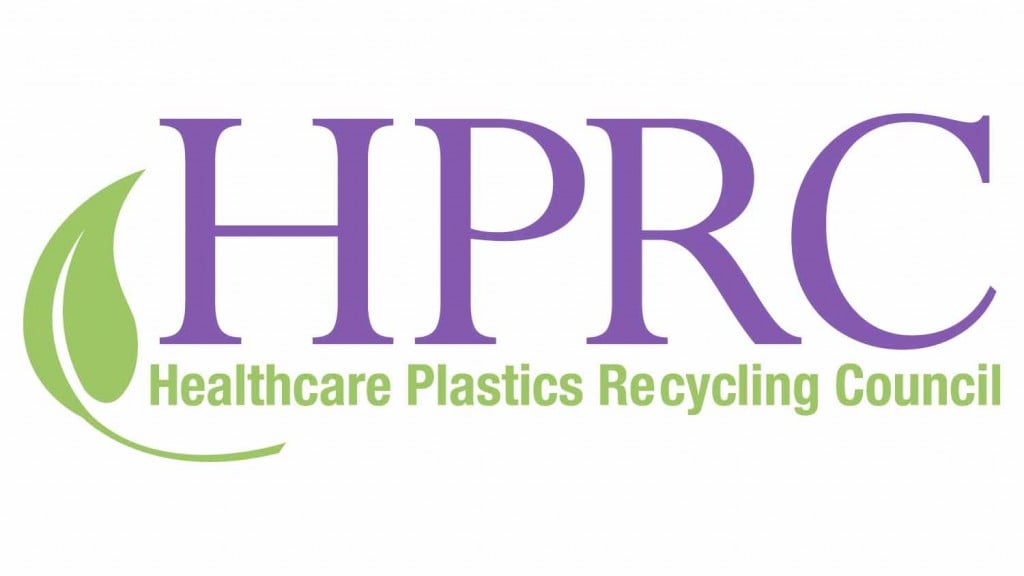Healthcare Plastics Recycling Council releases guidance document for recyclers

Estimates indicate that there are about 1 million tons of clean, non-infectious healthcare plastics generated in U.S. healthcare facilities each year. While the potential of this largely untapped waste stream is obvious, how to access this waste stream can be less clear.
The Healthcare Plastics Recycling Council (HPRC) has prepared guidance to help inform and educate plastics recyclers and processors about the common streams of plastic waste generated in clinical settings. By laying out the common materials, strategies for working with hospitals, processing techniques, and potential markets, we aim to build the foundation for recycling activities across the healthcare industry.
This guide includes:
The most commonly generated healthcare plastic waste streams.
How to partner with hospitals for a successful recycling program.
Recycling options, including common steps in mechanically processing healthcare plastics.
Case studies and other helpful resources.
Technical specifications for common healthcare plastics.
In order to meet strict United States Food and Drug Administration (US FDA) requirements for medical supplies, equipment, and associated packaging, most healthcare plastics are pure, high-quality materials. By working with hospitals to help them produce clean streams of specific materials, recyclers gain access to a material source which can help improve the performance of their regrind and repro pellets, and products produced from these materials.



